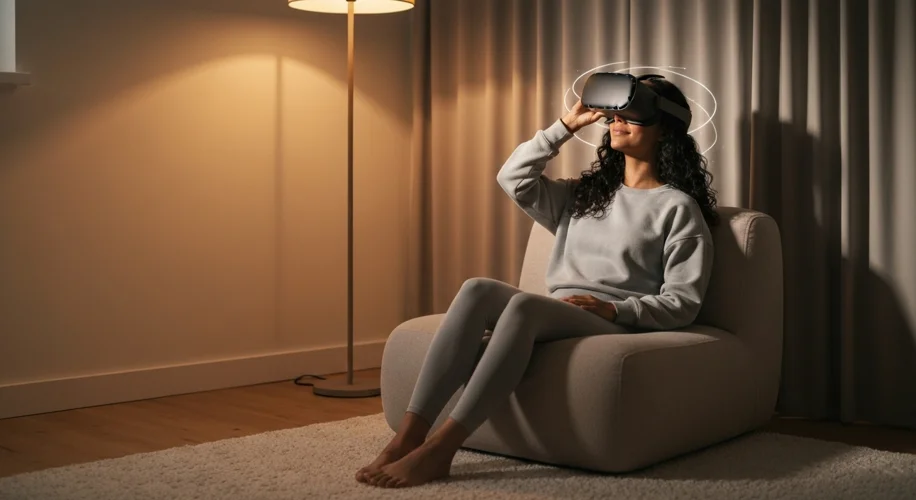Virtual reality is incredible. Stepping into a completely different world can be mind-blowing, right? But sometimes, especially when you’re playing alone, things can get a little… eerie. That sudden feeling of being watched, or a rustle in the digital wind that sounds a little too close for comfort? Yeah, that’s VR paranoia, and it’s pretty common.
I remember my first few solo sessions in some atmospheric horror titles. Even knowing it was just a game, my brain kept going into overdrive. Every shadow seemed to stretch, and the sound design was so good it made me jump out of my headset more than once. It’s funny how our minds can play tricks on us, even when we know the truth.
So, how do we dial down that unsettling feeling and crank up the immersion without the unwanted jitters? Here are a few practical tips that have genuinely helped me (and tons of others in the VR community):
1. Control Your Environment:
It sounds basic, but your physical space matters. Make sure your play area is well-lit. If you’re playing at night, keep a soft lamp on. This small act can trick your brain into feeling more secure. Also, consider closing your actual curtains or blinds. Reducing the view of your real-world surroundings can help you stay more locked into the virtual one, paradoxically making it feel less intrusive.
2. Start with Familiar or Less Intense Experiences:
Don’t jump straight into the deepest, darkest corners of VR if you’re prone to feeling anxious. Begin with games or experiences you already know and love, or choose titles that are more about exploration or puzzle-solving. Getting comfortable with the technology itself, and building positive associations, is key. Think of it as easing into the water, not diving headfirst.
3. Play with Sound Off (Sometimes!):
This might sound counterintuitive for immersion, but hear me out. For certain games or if you’re really feeling on edge, try playing with the in-game audio low or even off, relying on visual cues instead. Many VR games still offer a fantastic experience without relying solely on sound to build tension. Alternatively, play your own comforting music in the background. It’s a personal hack that can really help.
4. Buddy Up (Virtually!):
If paranoia is really getting to you, the best antidote is often company. Many VR games support multiplayer, even if it’s just co-op. Playing with friends, even if they’re just chatting and not actively playing the same game, can make a huge difference. You can even use social VR platforms to just hang out and chat, creating a sense of shared presence that chases away the solo spookies.
5. Take Breaks and Stay Grounded:
It’s easy to get lost in VR for hours. If you start feeling that unease creep in, don’t push through it. Take a break. Step out of the headset, splash some water on your face, and remind yourself you’re in a safe space. Short, regular breaks can prevent that feeling of disorientation and anxiety from building up.
6. Customize Your Settings:
Many VR games and platforms offer settings to tweak the intensity of certain elements. Can’t stand jump scares? See if you can disable them. Is the field of view making you feel claustrophobic? Adjust it if possible. Taking advantage of these options can tailor the experience to your comfort level.
VR is an amazing medium for immersion and fun. With a few simple adjustments, you can push past that fleeting paranoia and really dive deep into incredible virtual worlds. What are your go-to strategies for feeling more comfortable in VR?

